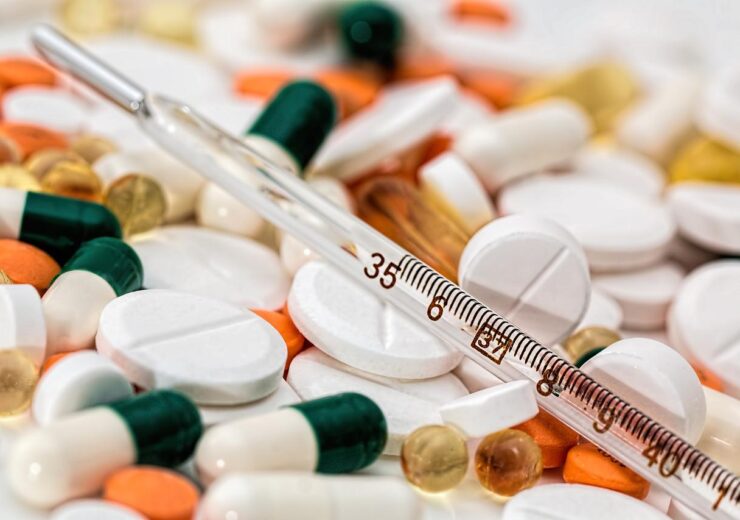In the second phase of the alliance, the university will expand its collaboration involvement to include all of its institutions

The collaboration is known as the Astellas Alliance Acceleration Program (AAAP). (Credit: stevepb from Pixabay)
Japanese pharmaceutical firm Astellas Pharma has entered the second phase of the collaboration with the University of Tokyo to develop new therapies and medical solutions.
The collaboration is known as the Astellas Alliance Acceleration Program (AAAP).
In the first phase, which lasted from September 2020 to March this year, AAAP created a foundation for the alliance at the university’s Institute for Life Science Research and Education and the University of Tokyo Center of Innovation.
Furthermore, during this time, medical and pharmaceutical scientists from the two university organisations and drug discovery experts from Astellas created an environment to hold talks, resulting in the identification and launch of various new research projects.
In the second phase of the alliance, the university will expand its collaboration involvement to include all of its institutions.
To facilitate the alliance, a recently hired AAAP-dedicated project manager will be positioned at the institution.
The works will support the parties to develop new research projects by combining the scientific research of the University of Tokyo with the drug discovery expertise of Astellas.
Astellas chief scientific officer Yoshitsugu Shitaka said: “By leveraging the power of the more extensive and closer collaboration, we expect to accelerate the co-creation of innovations that contribute to our activities from early drug discovery research to clinical development.”
In January 2020, Astellas, along with the biotechnology firm FibroGen, filed a supplemental New Drug Application (sNDA) with Japan’s Ministry of Health, Labour and Welfare, seeking marketing approval for Evrenzo (roxadustat).
Evrenzo is indicated for the treatment of anaemia associated with chronic kidney disease in non-dialysis dependent patients.
